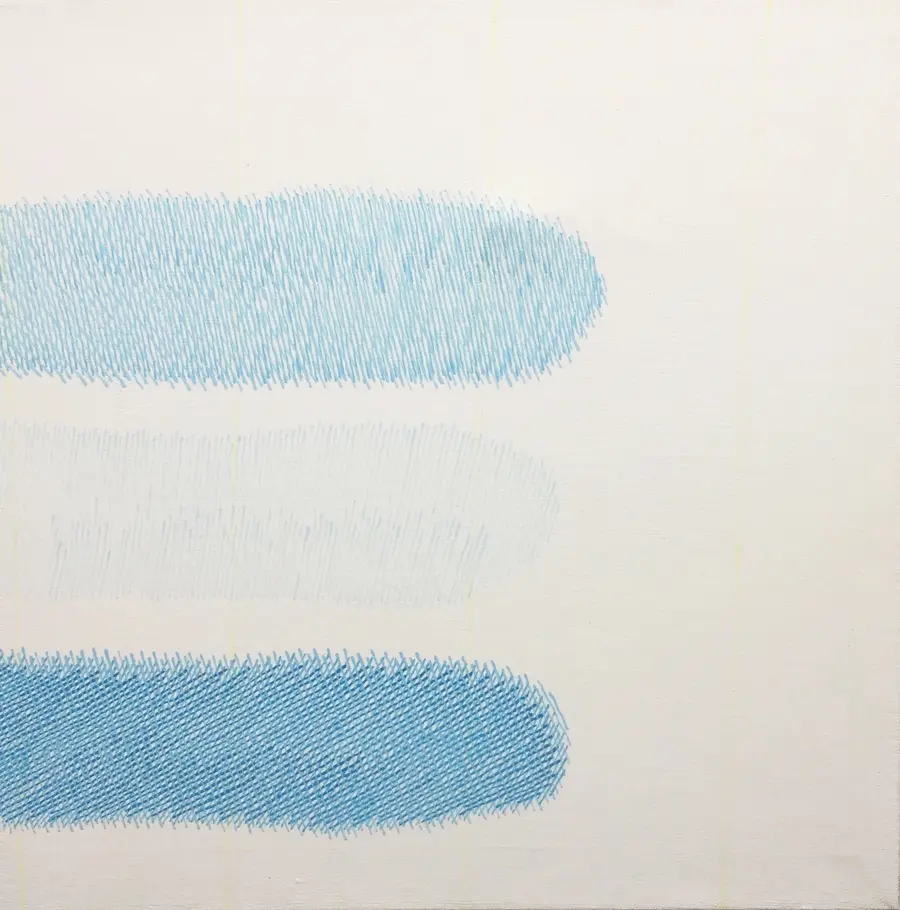


Op-art knows no boundaries. It is not limited by space, dimension or form. Balancing between reality and illusion, op-art explores the ways in which perception functions. It is not without reason that we call the creators of op-art, or optical art or visualism, masters. By means of lines, shapes or forms, they create a virtual reality that affects the viewer's eye. They set what is solid in motion. Everything that we see, feel, exists and at the same time is only a figment of our imagination. Such effects, usually carefully thought out by the creators, create strong impressions in the viewer's mind.
Artists-creators
The artist who is called ' the father of op-art' is Victor Vasarely. This Hungarian artist, created his first optical experiments as early as the 1930s. He was an artist who had always rebelled against the classical approach to art. In his Yellow Manifesto, published in 1955, Vasarely postulated that the traditional division of art into fields such as painting or sculpture should be abandoned forever. His avant-garde approach oscillated around visual illusions combined with movement. He hypnotised images – he achieved the phenomenon of alternating concavity and convexity by assembling images from his characteristic rhombuses.

Victor Vasarely, Untitled
Vasarely was one of the first artists to realize that a kinetic work need not move. He achieved the illusion of movement in his works through the use of geometric effects.

Victor Vasarely, Untitled
Fangor's op-art
The art of optical illusions was constituted in 1965 by the famous exhibition 'The responsive eye' at MOMA in New York. One of the artists we could admire there was Wojciech Fangor - the undisputed master of this trend, considered a precursor of op-art in Poland. His works are colourful, circular and wavy forms. The painting 'M65', was created in 1968, when the artist was in exile in the USA, where he was offered a lecturing position at Farleigh Dickinson University in New Jersey. It was the op-art period in his work that cemented his position in the art world. By his own admission: "It wasn't until somewhere in 1964 when Bill Seitz [curator of the Museum of Modern Art in New York] became interested in op art that he came to Europe and started searching. In Paris he came across an exhibition of mine. One painting - a wheel like that - he took to the Museum of Modern Art for that exhibition, and that's when I got noticed." Two years later, another painting by Fangor, 'M74', was created.

Wojciech Fangor 'M65'
Op-art works mostly require the viewer to be physically active. We are the ones who move with our own movement what we see in front of us in the painting. Most often, colour compositions make use of the principle of reflections and simultaneous colour contrast. Not infrequently, artists rely on phosphorescent colours, which additionally create a shimmering effect.

Wojciech Fangor 'M74'
Masters of Modernity at Artbidy
In addition to the previously mentioned works, our latest 'Masters of Contemporary' auction is rich in works by artists such as Jan Dobkowski, Leon Tarasewicz, Edward Dwurnik, Igor Mitoraj, Zbigniew Libera and Roman Opałka.
The auction will open on 21 April 2023.